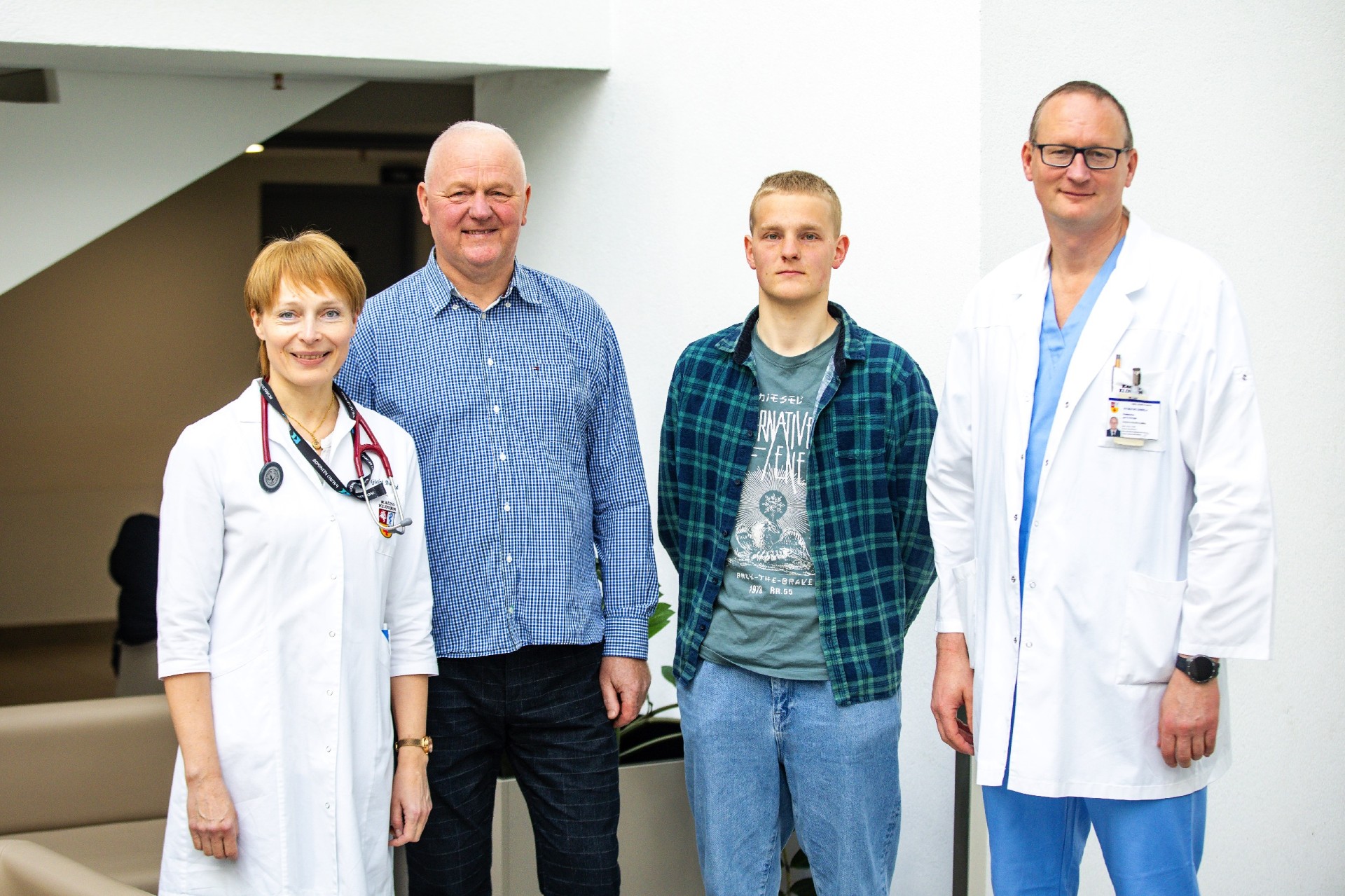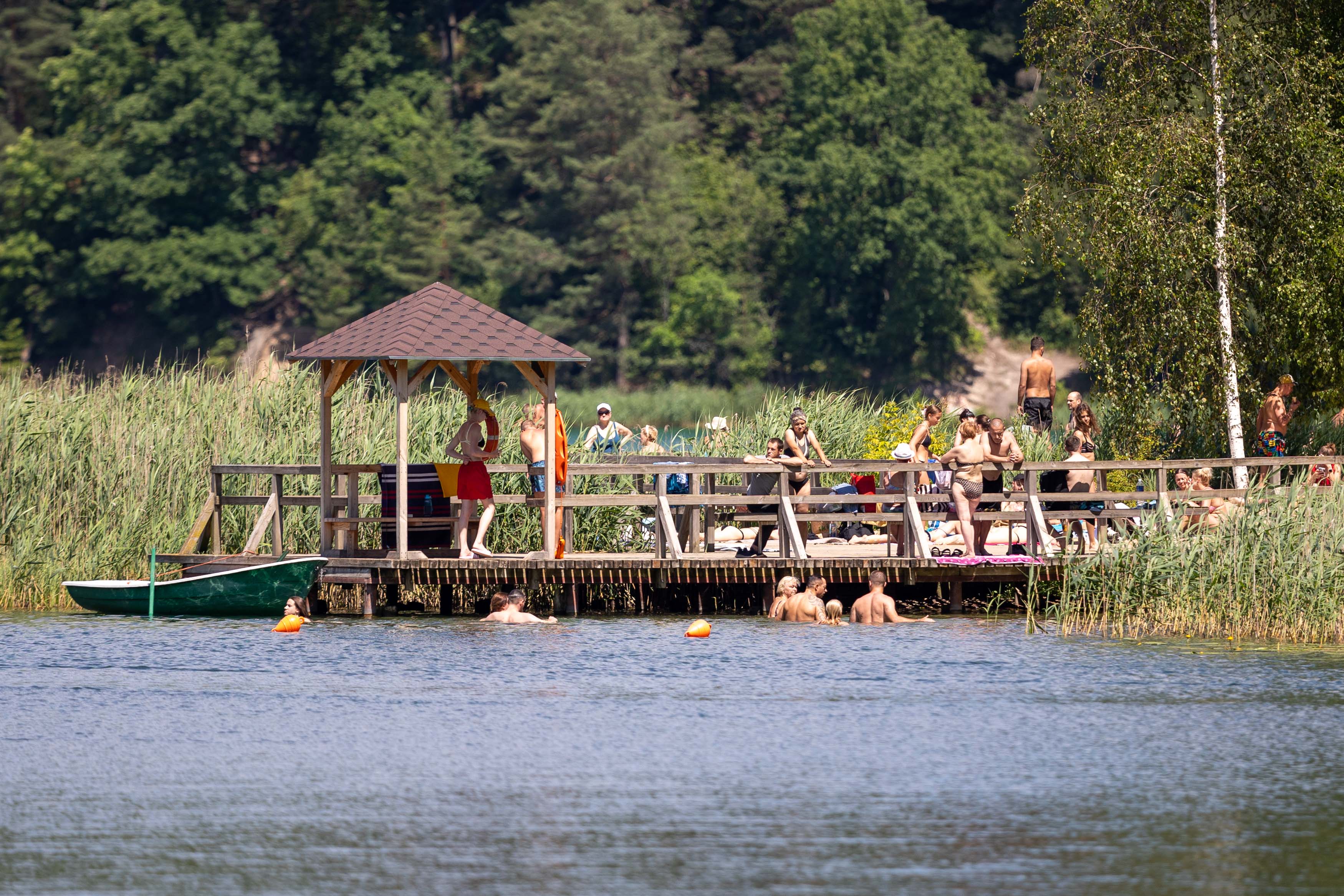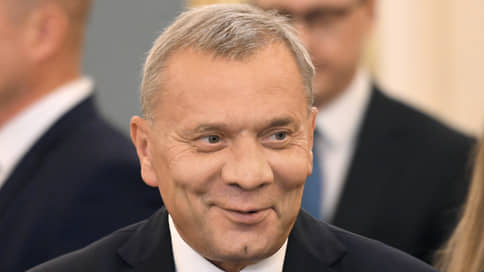performed resuscitation at the time of clinical death

« When I ran, I checked the pulse in my neck and wrist – there was no pulse and breath. Immediately with my mother, we lifted my dad out of bed and started to make chest clicks, my girlfriend called for an ambulance at the time, » says Matt. » Matt is studying medicine at the Lithuanian University of Health Sciences, so he is pleased that first aid skills were well known and allowed him to provide proper assistance in the event of a disaster.
Arun has a dangerous rhythm disorder (heart ventricles), during which the heart stops effectively pumping blood. Family members performed initial resuscitation, and when an ambulance came to the ambulance, they continued specialized resuscitation, an electric heart defibrillation that restored normal heart rate.
« When the patient arrived at the hospital, he continued to ensure the main vital functions of the body, and the results of the cause of the death of a sudden death. Detailed studies have shown that there are no structural heart changes or clearly eliminated the cause of cardiac arrest. dr. Giedrė Bakšytė, Head of the Intensive Care Unit of the Cardiology Clinic of Kaunas Clinics.
How to properly perform initial resuscitation:
https://www.youtube.com/watch?v=tzoffrnxaf
According to the cardiologist prof. dr. Vytautas Zabiela, even with medication, remains high in the risk of sudden death, so that IKD prevents clinical death when the dangerous heart rate begins.
« The IKD device constantly analyzes the heart rate and sends an electric impulse after detecting some high -frequency ventricular rhythm disorder, which interrupts a threatening arrhythmia and restores normal sinus rhythm, saving life, » says the doctor.
Photo of Kaunas Clinics
Professor G. Bakšytė notes that the most common cause of clinical death is ventricular fibrillation, in which the heart muscle ineffectively shrinks and can no longer push blood.
« Ischemic heart disease such as acute myocardial infarction, structural heart disease and heart muscle are the most common causes of blood flow. Some patients may feel symptoms such as dizziness and fainting, chest pain, heartbeat, shortness of breath, cold sweat and weakness. dr. G. Bakšytė.
Implantation of a cardioverter defibrillator is one of the measures that can save life in the event of a heartbeat. The initial resuscitation plays a crucial role in the vital actions that can save human life in a timely manner.




/s3/static.nrc.nl/images/gn4/data132516607-59aa9c.jpg)

